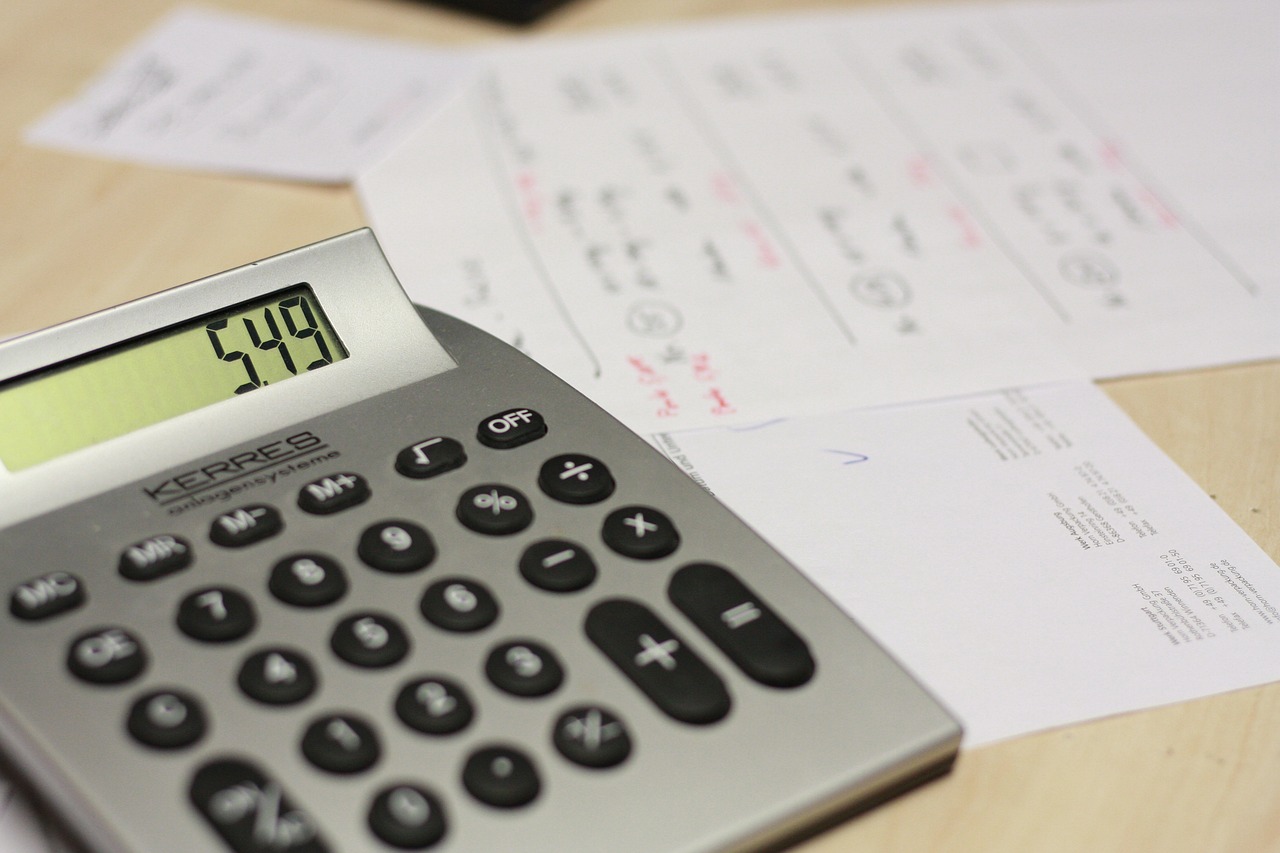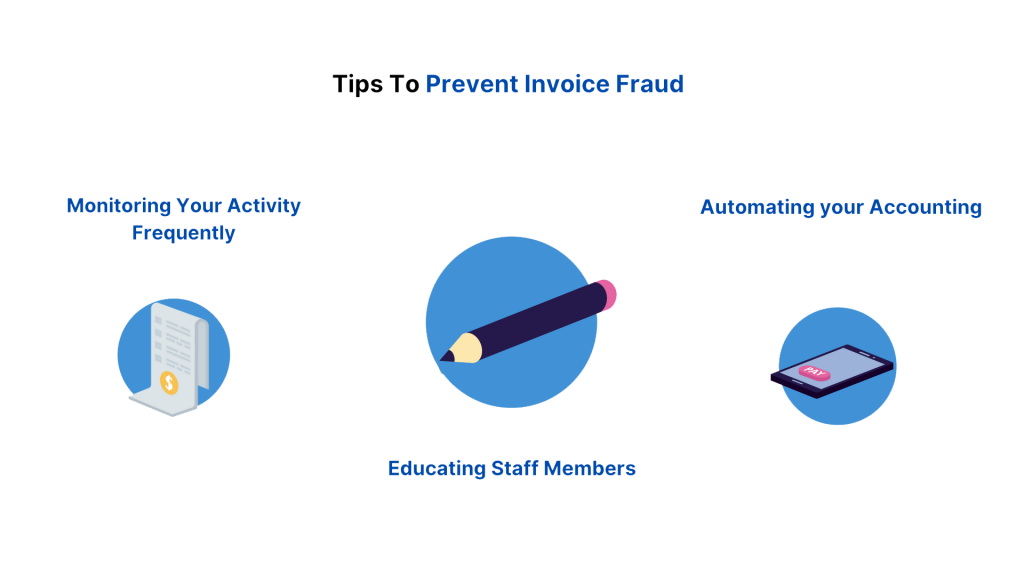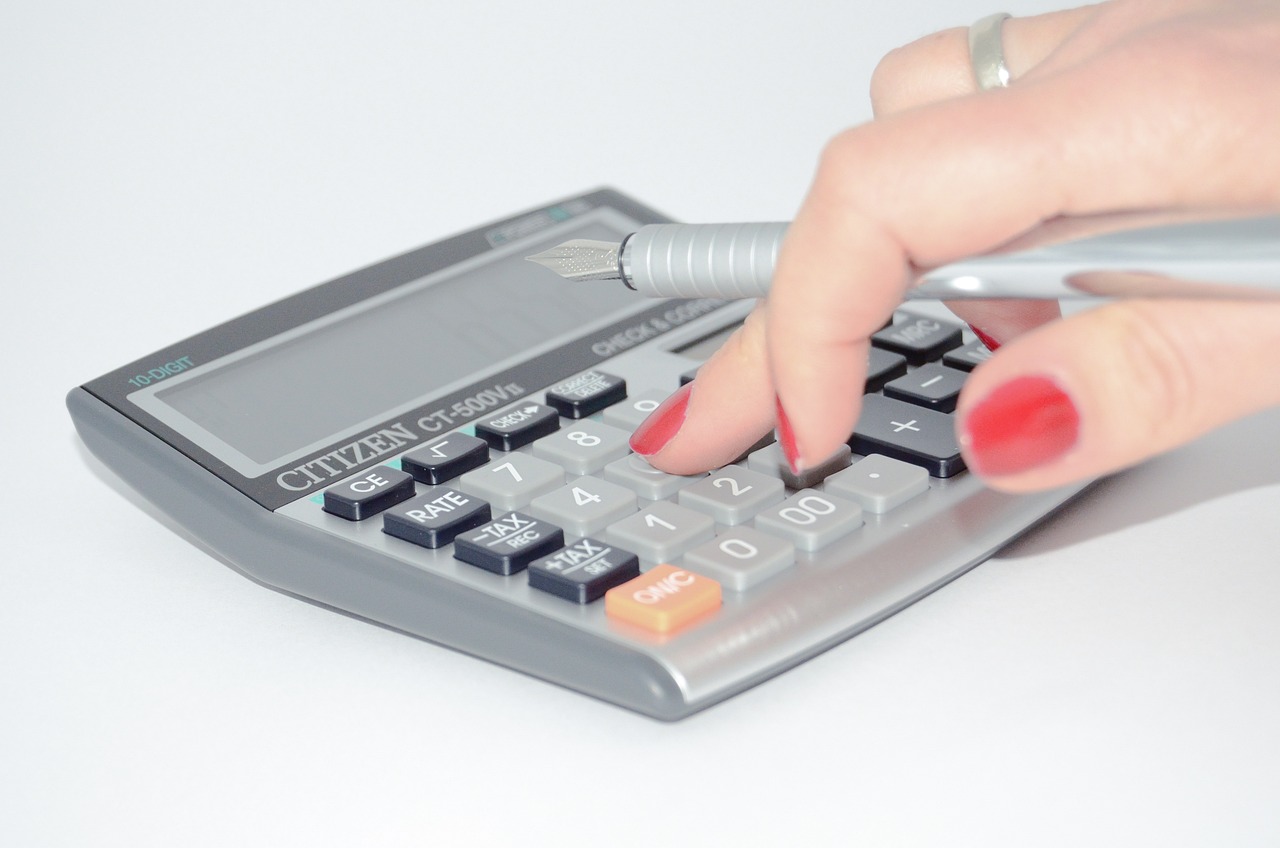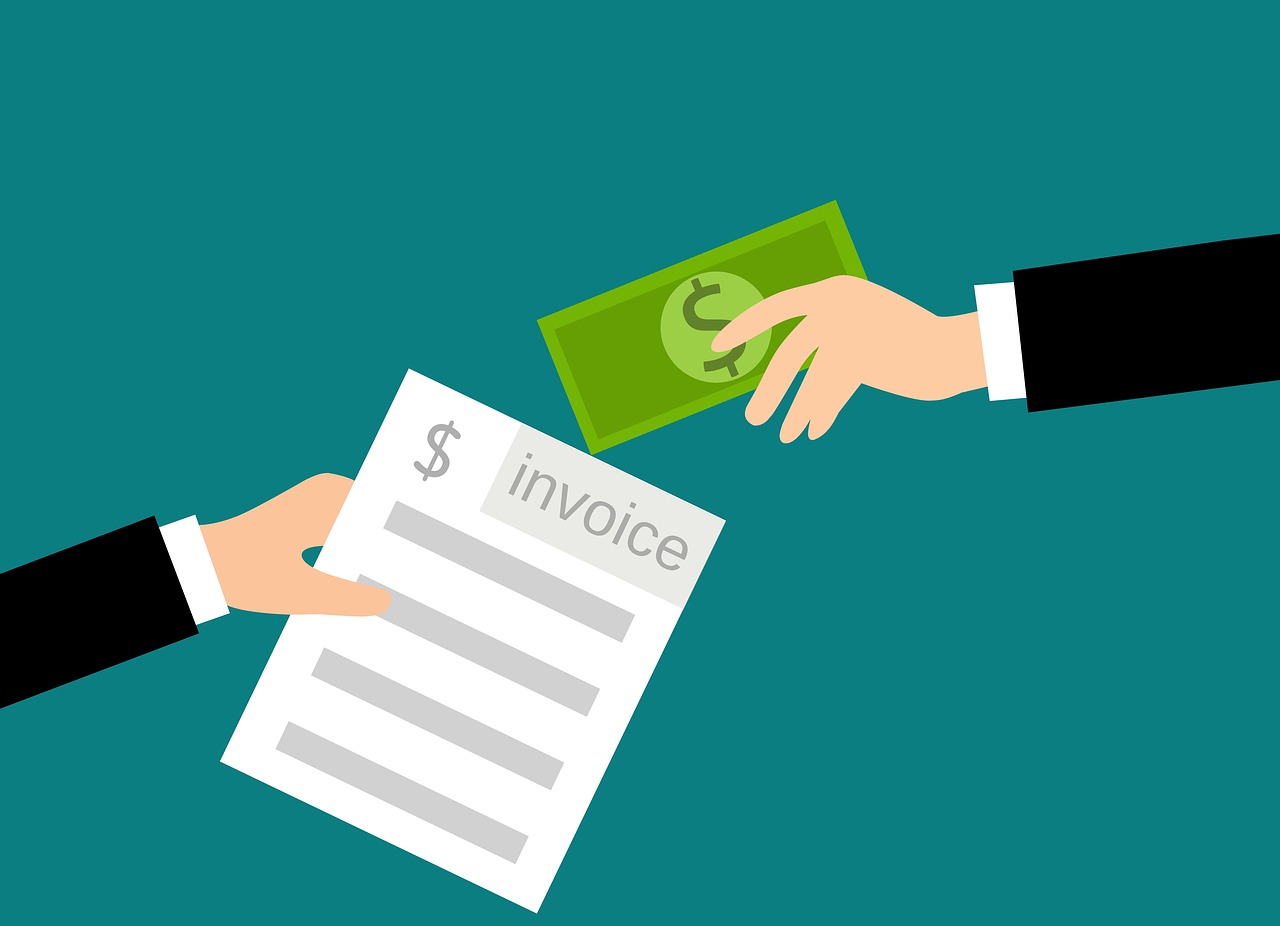
How to Apply a Discount to an Invoice
How to Apply a Discount to an Invoice A good discount is what your customer…

There are so many different types of fraud out there, and fictitious invoicing is not a new way to scam businesses. However, with the pandemic onset and the transition of many organizations to a remote work format, more and more companies are becoming susceptible to it. The more employees you have working online, the less transparent and difficult to control the documentation process becomes. Let’s figure out together with SaldoInvoice specialists how to identify fake documents and how to protect yourself from fraudsters.

Falsifying invoices is far from a new invention of scammers to lure money from businesses illegally. Previously, entrepreneurs also suffered from such activity. However, with the advent of the coronavirus pandemic, fraudsters have become more active, as most companies have switched to remote work. This has made it easier for them to commit invoicing fraud. If you are self-employed, tracking the receipt of payment papers can be easy. But it’s tricky when dozens and hundreds of employees work for you. It becomes difficult to control every form that comes to you and the transactions carried out accordingly. It’s what scammers use. Typically, businesses would rather save time by using receipts template. Fraudulent invoices are often aware of the relationships between companies and their suppliers, and they will know the details of when regular payments are due. The fraud may only be discovered when the legitimate supplier follows up on non-payments.
Thus, according to the International Association for Financial Professionals (AFP) report, more than 75% of companies of various sizes became victims of payment fraud attacks in 2020. In 2021, this figure dropped to 71%, which is still a lot. Accounts payable departments are the most vulnerable to various actions of fraudsters. Moreover, one of the most common methods of Business Email Compromise is sending messages from scammers pretending to be real vendors and submitting false invoices to companies.

A thorough internal investigation is required to discover the source of forged payment documents. And the only possible answer to the question “Is it illegal to send fake invoices?” is always “Of course not.” In such situations, legal liability follows, which can be both administrative and criminal. The greater the amount of financial loss and other damage to your business, the more severe the punishment that the court can impose. As a rule, in addition to forging invoices, fraudsters also try to evade paying taxes and get insurance payments, which further aggravates the punishment.
No matter what actions you take and how many tutorials on how to stop fake invoice emails you read, you won’t be able to control scammers completely. In this situation, the best strategy is to improve the verification of incoming correspondence and implement modern technologies to speed up this task.
Training employees and improving your own knowledge is the key to the early detection of suspicious activity. If everyone in your company processes documents and knows what signals to look for, they will not allow false bills to be paid. There should also be a clear division of responsibilities within your organization. One employee should not have the authority to do two or more conflicting tasks, such as dealing with suppliers and processing invoices.

If you received payment documents from a trusted supplier, but something in them seemed suspicious to you, for example, the list of goods was not itemized, as usual, or you see incorrect payment details on invoices, be sure to contact the company from which these files have come. Call or write to the organization’s representative to determine if they have requested a funds transfer.
To prevent fictitious invoicing, you should organize verification of organizations you plan to cooperate with. It may include checking the business registration certificate, VAT ID, banking details, sanction lists, etc. The due intelligence procedure will help you to weed out those businesses that seem unreliable to you even at the selection stage. Additional protection against fraudsters and the likelihood of interception is e-invoicing apps that send documents directly to recipients. It is really helpful to create an invoice with reliable software. With branded and generic templates, you and your suppliers can be sure that the files come from a trusted source.


How to Apply a Discount to an Invoice A good discount is what your customer…

How to Add Taxable and Non-Taxable Items on One Invoice Invoicing is never as straightforward…

3 Reasons to Use Paperless Invoices It is 2024 out there, and machines have already…